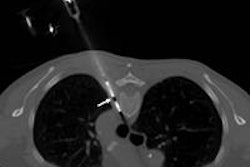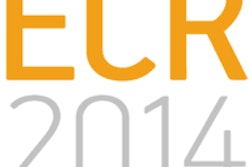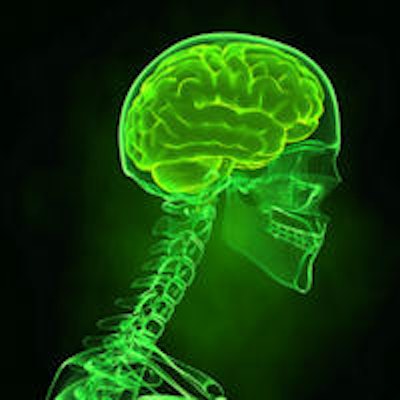
The U.K. Royal College of Radiologists (RCR) has published recommendations for the safe use of intravascular contrast agents. The 22-page document can be downloaded for free from the RCR's website, and includes practical information about contrast use in patients at risk and the treatment of reactions.
According to the RCR, "These revised guidelines are necessary because of the ever-changing literature about both iodinated contrast media and gadolinium-based contrast agents."
The use of intravascular contrast in radiology continues to increase, but the potential risks of intravascular administration of contrast must be weighed against the potential benefits, noted the authors. Their document aims to provide guidance on how intravascular contrast may be used as safely as possible.
The third edition of "Standards for intravascular contrast administration to adult patients" (BFCR[15]1) replaces the second edition of the report with the same title (BFCR[10]4), as well as the RCR document about gadolinium-based contrast media and nephrogenic systemic fibrosis (BFCR[07]14).
The main areas of change are:
- The nomenclature and definitions in relation to contrast-induced acute kidney injury (CI-AKI).
- A focus on maintaining hydration of patients at risk of CI-AKI and minimizing the dose of intravascular contrast used for any individual patient, taking into account patient factors, the indication for the examination, and technical scan parameters.
- Clearer identification of patients at risk and explicit documentation of adverse event when they occur -- preferably with the use of electronic record systems such as RIS/PACS -- such that patients are better prepared for future imaging investigations.
The intention of the document is to clarify those factors that should be taken into account for the prevention and treatment of adverse events related to the use of intravascular contrast, wrote the authors. Compliance with the standards should translate directly into high-quality care for the many patients referred to radiology departments for diagnostic imaging and image-guided intervention, they added.
In total, there are nine recommended standards (see figure).
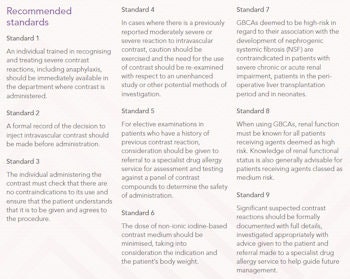
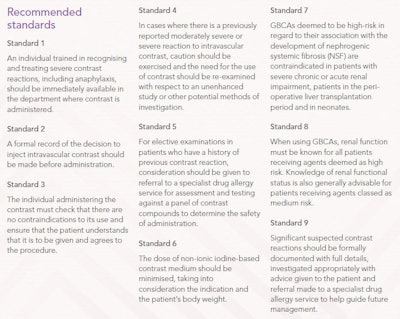
Recommended standards by the RCR.
For more details about the guidelines, click here.




